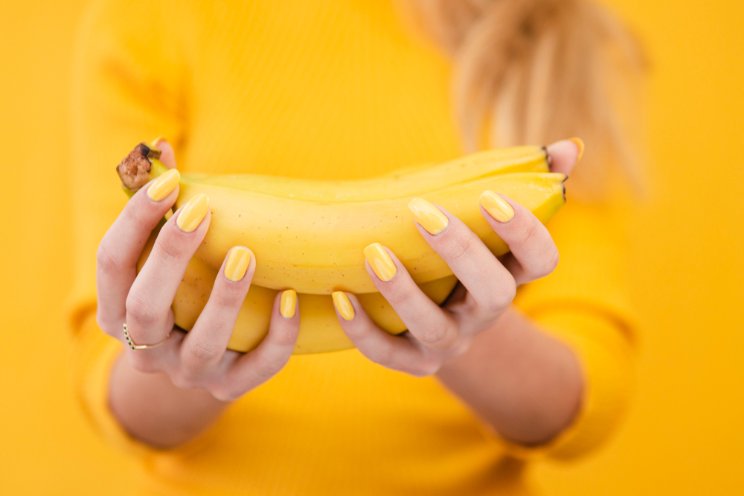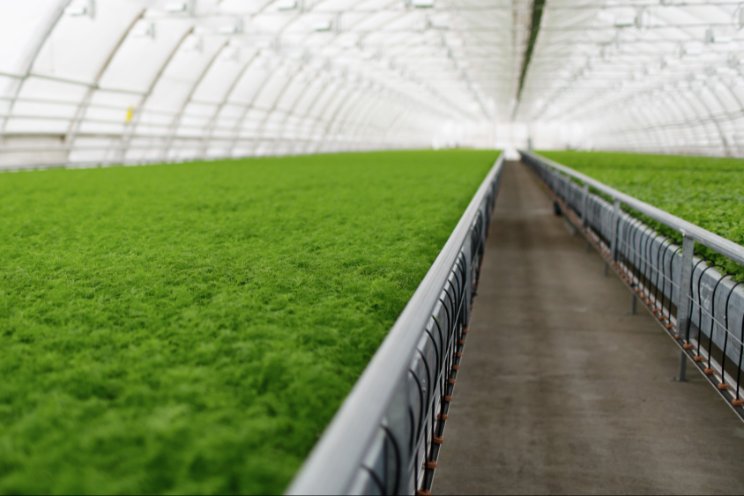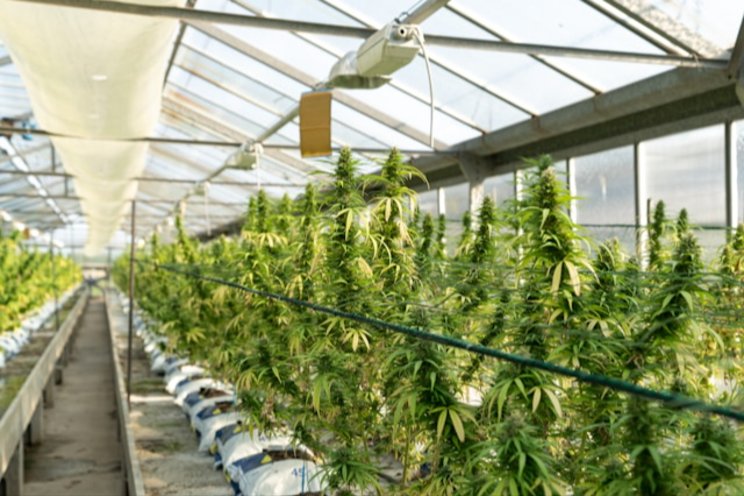Prime your plants for success with biostimulants
Added on 15 September 2020

Biostimulants Strengthen Plants for a Longer Shelf Life
When implemented early in production, biostimulant applications can prime plants to better withstand postharvest stress. Biostimulant products can include a variety of active ingredients, such as humic acids, botanical extracts, and beneficial microorganisms (fungi and bacteria). If plants have periods of infrequent or inadequate irrigation, biostimulant applications can improve plant tolerance to this water stress. Under water deficit conditions, microbial-biostimulant (beneficial Pseudomonas bacteria) applications can delay visual wilting symptoms compared to non-treated plants. More importantly, this enhanced tolerance can result in improved recovery after irrigation is resumed.
In an experiment with petunia, zinnia, and pansy, flowering plants were subjected to severe water stress by ceasing irrigation for five days. When the water-stressed plants were irrigated, only 50% of non-treated petunias recovered, while 100% of the bacteria-treated plants recovered. Plant survival was also higher in pansy and zinnia plants treated with bacteria. After recovery from the water stress, bacteria-treated plants were of higher quality than the recovered untreated plants. The bacteria-treated plants were larger, with greener leaves and more flowers.
Biostimulants can also increase the bioavailability of nutrients in the growing media, allowing for increased nutrient uptake by the plant. This will extend the shelf life of plants at retail that may not be receiving regular fertilizer applications. Biostimulants can also prime plants to withstand abiotic stress by regulating the production of hormones involved in stress responses. This can lead to increased production of beneficial, growth-promoting hormones such as auxins, gibberellins, and cytokinins, and the reduction of the stress hormone ethylene. The result is more marketable plants after recovery from postharvest stress, thereby reducing shrink at retail.
In addition to affecting plant quality, postharvest water stress can permanently affect the photosynthetic health of plants. A reduction in photosynthetic health can influence the potential for continued plant growth and flowering, reducing the resiliency of plants for consumers. Biostimulants can stimulate photosynthesis in plants recovering from water stress, providing healthier plants for consumers and increasing their overall success in the landscape.
Start Biostimulants Early
Biostimulants are most effective when applied early, allowing plants to become healthier during production and more able to overcome stress. Growers are unlikely to see a benefit if biostimulants are incorporated right before the plants experience stress. This is especially true for microbial inoculants. Both bacteria and fungi must have time to colonize the plant, resulting in a plant-microbe interaction that promotes growth and enhances stress tolerance.
Biostimulants are best thought of as an insurance policy, preparing plants to overcome stress at a later time. Biostimulants can be implemented in a variety of ways, many of which can be easily incorporated into existing cultural practices. Many companies offer growing media with pre-incorporated microbial inoculants. Most common would be media that include mycorrhizae, which are beneficial fungi that form a mutualistic relationship with plants during production.
Most commercial greenhouse crops can form associations with either endomycorrhizae or ectomycorrhizae. These mycorrhizae colonize the roots and form extensive networks of fungal hyphae that increase the uptake of both nutrients and water to the root system. Granular biostimulants can be added when you mix your own media, or they can be incorporated at transplant. Liquid biostimulant products can easily be applied when watering in at transplant and throughout production.
Research-Based Results With Bacteria Show Promise
Microbial inoculants are unique in that they have the potential to colonize the roots, forming a lasting, beneficial relationship with the plant. These inoculants are well-suited for containerized growing systems in controlled environments. A collection of Pseudomonas bacteria at The Ohio State University recently was evaluated for its ability to increase the quality of ornamental plants recovering from severe water stress. Petunia, impatiens, and pansy plants were grown in a production-scale trial where they were treated weekly with a media drench of diluted bacteria cultures. As with any biostimulant product, it's important for microbial inoculants to be applied early and regularly throughout production. Plants were grown until flower bud initiation, when irrigation was withheld to simulate postharvest water stress. Plant size and flower number were evaluated after recovery from drought stress to determine the effect of the bacteria application on crop quality. Plants treated with bacteria were larger and had more flowers compared to uninoculated plants. In addition, plants treated with bacteria were of visibly higher quality, with greener leaves and less chlorosis. This research further demonstrates the positive effects that microbial inoculants can have on the quality of greenhouse ornamentals that are subjected to postharvest water stress.
Trial Biostimulants Before Moving Forward
There are a wide variety of biostimulant products available to greenhouse growers. It is important that you are selecting products that have independent trials conducted to validate the product's efficacy. And as with any new product, you should conduct in-house trials before large-scale implementation of these products, so money and resources are not wasted on products that do not work in your production system or with your crops. While the application of mycorrhizae to non-mycorrhizal crops will not have any negative effects, phytotoxicities can be observed with some biostimulants. Products that contain multiple species of beneficial fungi or bacteria also may be more successful on a wide variety of crops and as environmental conditions change in the greenhouse throughout the year. When implemented correctly, biostimulants can help growers reduce product losses due to temperature, water, or nutrient stress. Producing higher quality and healthier plants will decrease shrink at retail and increase overall consumer success in the landscape.
Source: Greenhouse Grower
Photo created by prostooleh -freepik
Source: Greenhouse Grower
More news















